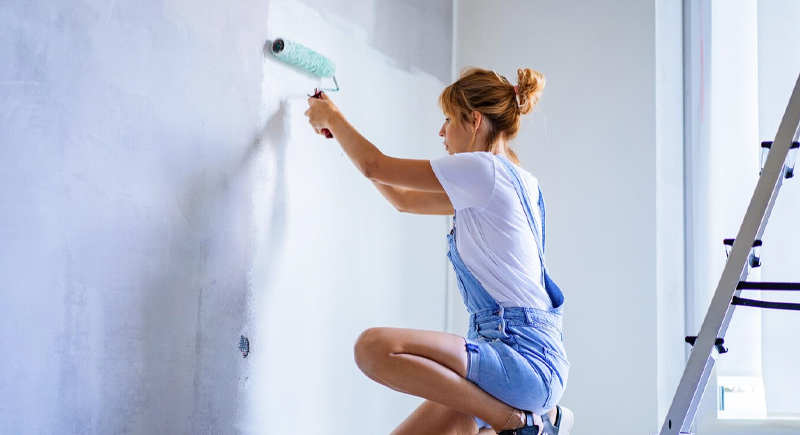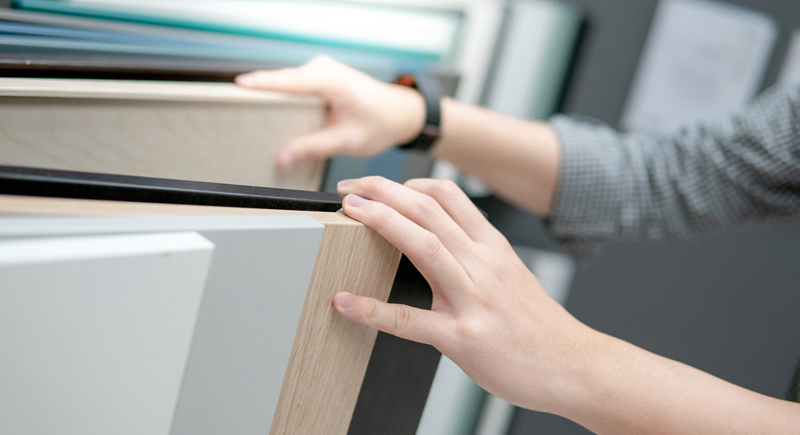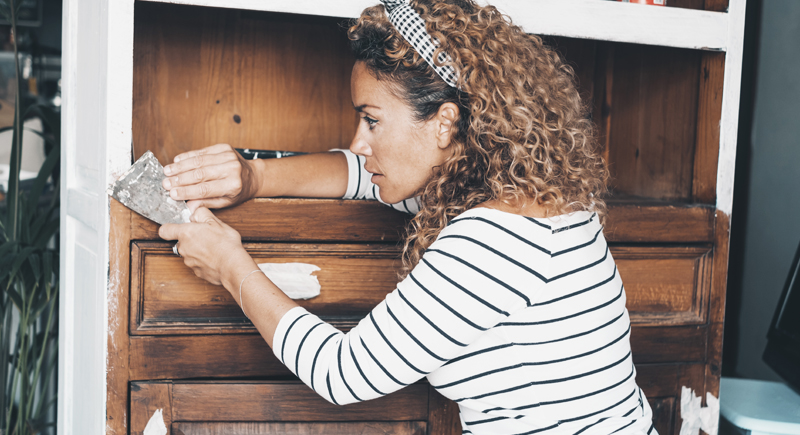Navigating the world of home repairs can often feel like a tightrope walk between maintaining your home's charm and managing your finances wisely. With ingenuity and strategic planning, it's possible to keep your home in tip-top shape without emptying your wallet. Here are 15 clever ways to save on home repairs.
Create and Stick To a Budget

Credit: pexels
The cornerstone of any cost-effective home repair strategy is a well-thought-out budget. Begin by estimating the costs as accurately as possible, considering both materials and labor. This foresight prevents sticker shock and curtails the temptation to overspend, ensuring your home improvement projects don't jeopardize your financial stability.
Pay Cash

Credit: pexels
Paying cash for home repairs can feel counterintuitive in a world that leans heavily on credit. Yet, this approach sidesteps potential interest charges that accrue with loans or credit card payments, keeping the overall cost down. Saving up and paying cash also instills a sense of discipline and financial control that's often lost in the swipe-and-forget culture of credit spending.
Take Your Time

Credit: freepik
Adopting a measured pace for home improvements can be financially advantageous unless facing an urgent repair. This delay grants homeowners the luxury of scouting for deals, saving for quality materials, and even reevaluating the necessity of certain repairs, ensuring that every dollar spent is well-invested.
Do It Yourself

Credit: freepik
The DIY approach is not just a trend but a bona fide way to save on labor costs. From painting walls to installing shelving, many home repairs are well within the reach of a determined homeowner. Leveraging online tutorials and community workshops can empower even the most novice individuals, turning a daunting task into a rewarding and cost-saving project.
Reuse Materials

Credit: freepik
Embracing the art of reusing materials benefits the environment and your budget. Salvaged wood, repurposed furniture, and leftover tiles can all find new life in your repair projects. This approach adds character to your home and significantly cuts costs by reducing the need for new materials.
Balance High and Low-End Materials

Credit: iStockphoto
A strategic mix of high and low-end materials can balance quality and cost. Invest in high quality where it counts, such as for structural components or frequently used fixtures, and opt for more affordable alternatives for decorative or less critical areas. This balance ensures durability where needed while keeping overall expenses in check.
Wait For Sales Before Making Big Purchases

Credit: iStockphoto
Timing is everything when it comes to large purchases. Waiting for seasonal sales, clearance events, or holiday discounts can lead to significant savings on appliances, materials, and tools. Planning your repair schedule around these sales periods requires patience but rewards with substantial cost reductions.
Enlist Help

Credit: freepik
Pooling resources and skills with friends or family members can make home repairs more manageable and less costly. Whether it's painting, gardening, or simple carpentry, a collective effort speeds up the process and makes it more enjoyable and economical, as you save on labor costs.
Be Smart About Hiring Help

Credit: iStockphoto
For repairs beyond your skill set, hiring professional help is inevitable. However, smart hiring can prevent overspending. Always seek multiple quotes, check references thoroughly, and ensure clear communication about the scope and cost of the project. This diligence ensures you get the best value for your money without sacrificing quality.
Find Money Saving “Hacks”

Credit: iStockphoto
Innovative hacks, like using generic parts or choosing refurbishments over replacements, can shave dollars off your repair bills. For example, refreshing cabinet hardware instead of replacing the cabinets can update a kitchen's look at a fraction of the cost.
Keep Your Home’s Footprint the Same

Credit: freepik
Significant structural changes are a surefire way to balloon home repair costs. Keeping your home's footprint unchanged saves on demolition and construction costs and avoids the complexities and expenses associated with permits and architectural plans.
Stick To the Classics

Credit: freepik
Trends come and go, but classic design endures—and is often more cost-effective in the long run. Opting for timeless styles in fixtures, finishes, and colors means your home remains in vogue without needing frequent, costly updates.
Don’t Skimp On Cost-Saving Opportunities

Credit: freepik
Investing in energy-efficient appliances or durable materials might seem more expensive initially, but it often leads to savings in maintenance, repair, or utility bills over time. Identifying these opportunities where spending a bit more now means less spending later is key to long-term savings.
Sell Anything You’re Not Using

Credit: freepik
Unused materials, old fixtures, or surplus tools can be sold to recoup some of the costs associated with home repairs. Online marketplaces and local classifieds are excellent platforms for turning these leftovers into cash, reducing the net expense of your projects.
Earn Rewards For the Money You’re Spending

Credit: pexels
If you must use a credit card for purchases, opt for one that offers cashback or rewards points. This strategy can help mitigate costs by returning a portion of your spending back to you. Pay off the balance each month to avoid interest charges that could negate any rewards earned.





